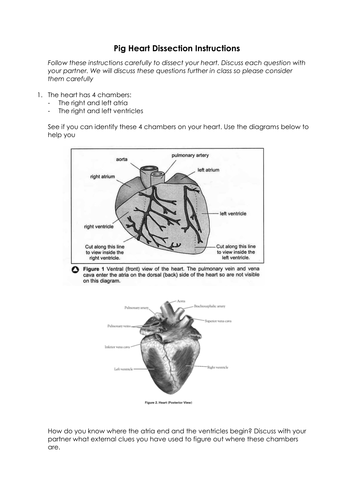Teacher Shelly's Shop
Teaching is my true passion and I love making interesting, interactive resources. I'm a bit of a secondary generalist as I teach English (KS3 and IGCSE), Science (KS3 Science and GCSE Biology), KS3 Humanities and GCSE Environmental Management. I've also dabbled in primary school teaching in the past. As such, my shop is a varied mix of resources! Hope you enjoy looking around. I'm also a google certified educator so will be adding some blog posts and google based lesson ideas on here in time.





















